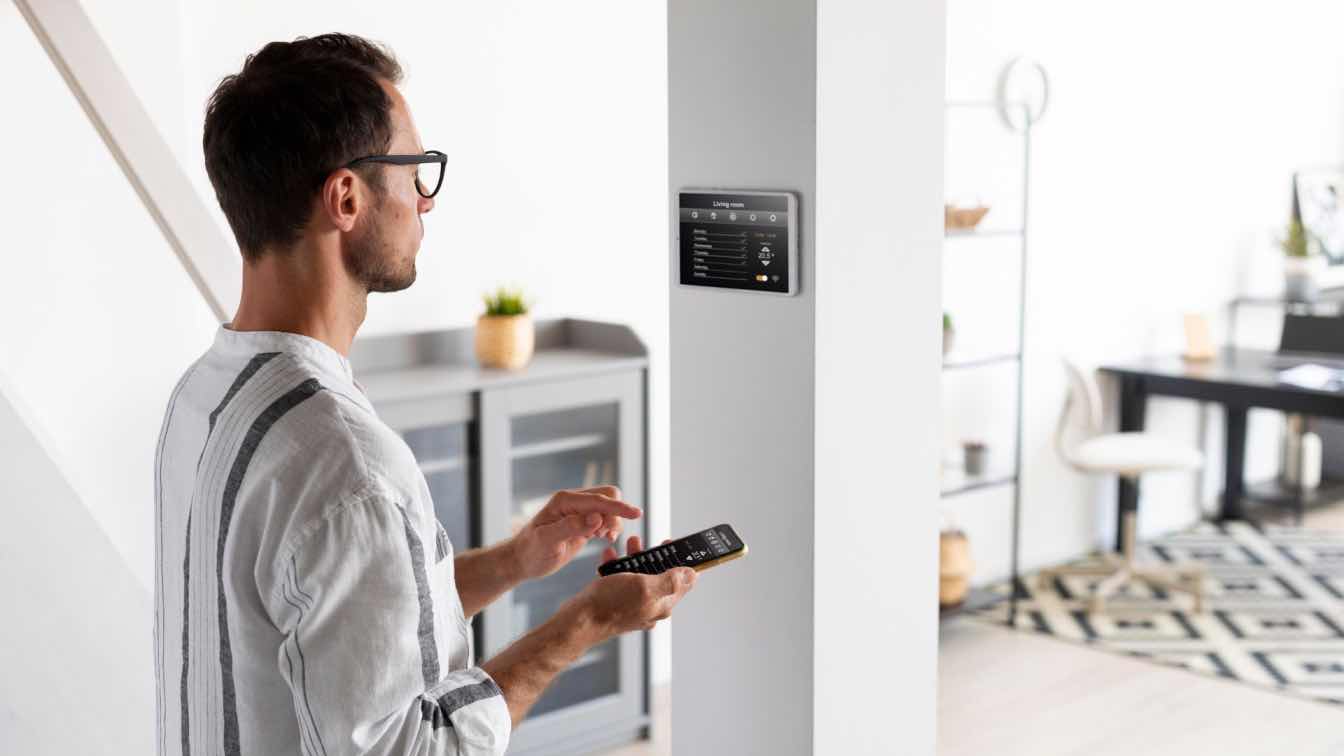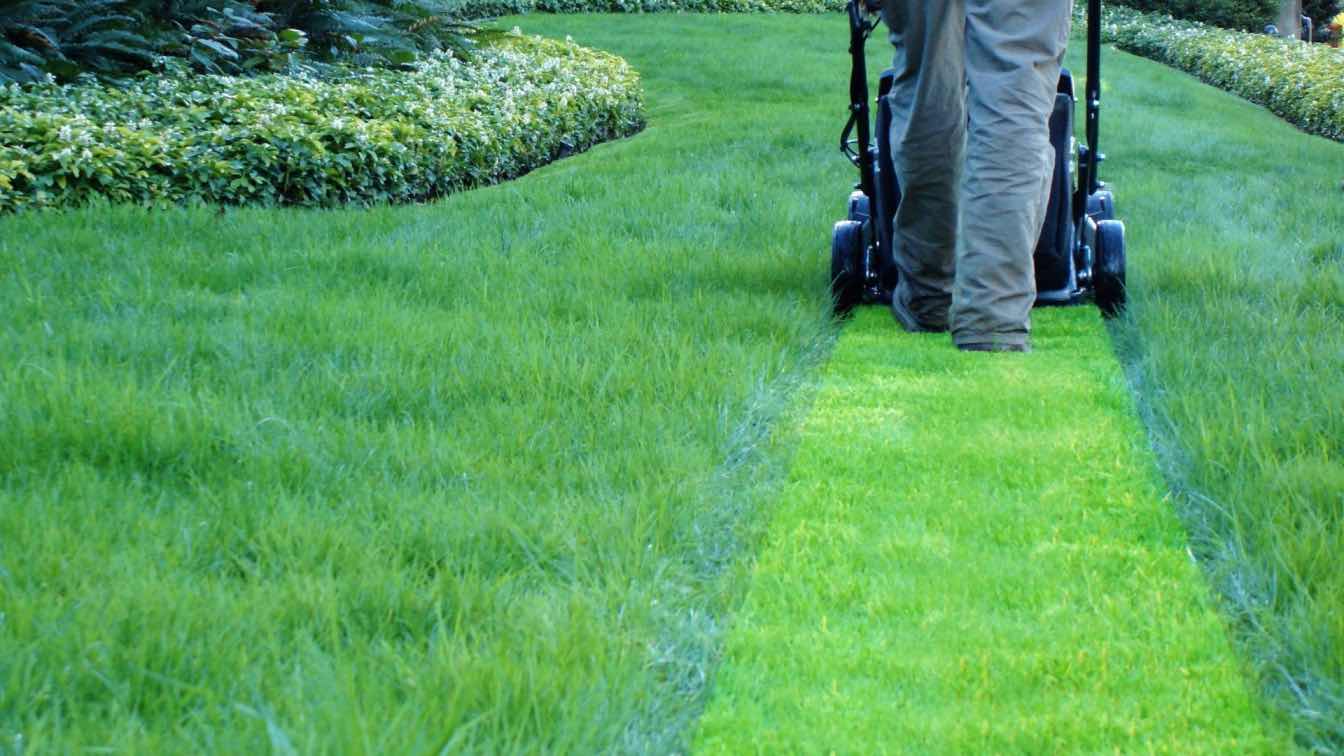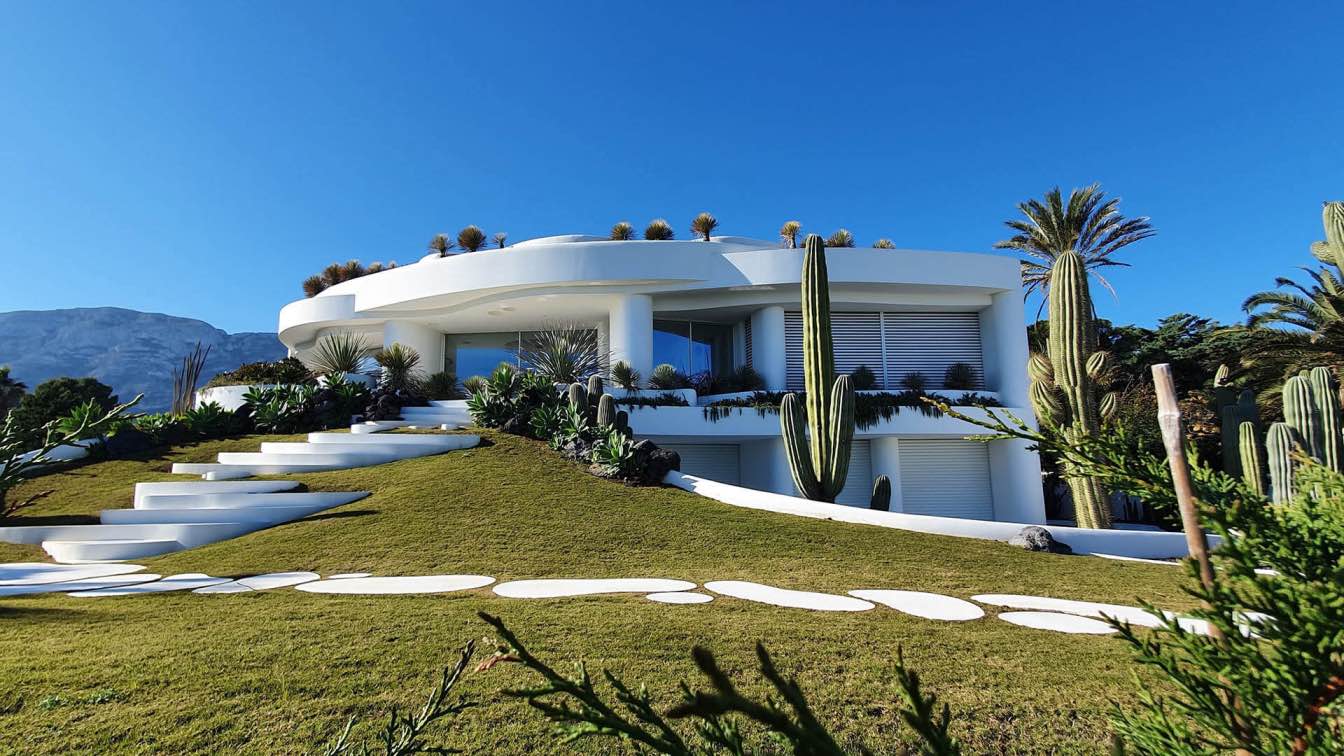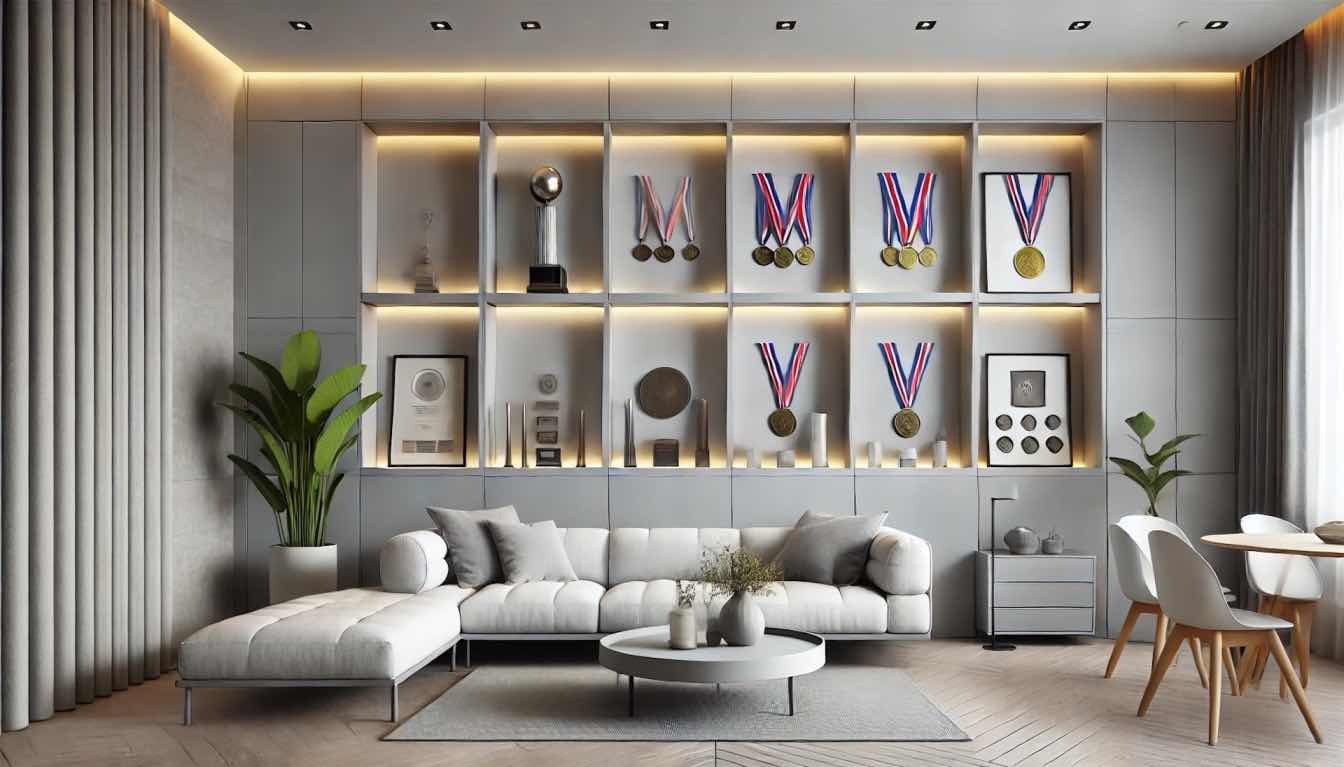Each American uses an average of 82 gallons of water a day at home, a huge contributor to the national water supply issues.
As demand continues to increase, traditional plumbing solutions are becoming outdated and the shift towards water-smart buildings increases.
In this article, we’ll discuss the ways water-smart buildings are helping create a more sustainable future and transforming the plumbing industry.
What are Water-Smart Buildings?
The strain on water networks is impacting nationwide water supplies, contributing to large-scale droughts and struggling to keep up with increasing demand. In fact, the aging infrastructure is the main challenge in the US water industry, so changes had to be made.
Various communities have introduced water-smart plumbing systems that are designed to prevent water waste and maximize efficiency. They utilize non-potable rainwater, collecting it in sustainable drainage systems (SuDS) as it falls. These consist of natural contours that soak up the rainwater to prevent flooding and damage to biodiversity.
The increase in smarter plumbing systems means that buildings rely less on an external water supply, designed to reduce water consumption and make the most of local resources.
By combining the sustainable solution with modern plumbing techniques, water-smart buildings also utilize real-time monitoring to detect leaks and ensure a reliable water source for building owners – we’ll discuss this next.

(Image source: Smart Water Magazine)
Key Features of Water-Smart Buildings
Water-smart plumbing systems offer benefits across both residential and commercial buildings and are expected to become more and more popular thanks to their innovative features.
Leak detection
Household leaks across the nation can waste more than 1 trillion gallons annually, the equivalent of the annual household water use of more than 11 million homes.
Water-smart buildings are equipped with monitoring systems that can detect leaks in real-time to prevent them from going unnoticed. As well as being great from a sustainability perspective, this also helps to reduce the chance of mold and structural damage.
Collection of rainwater
Being able to utilize rainwater offers huge benefits for both the environmental footprint of the building owner and their water bill.
Having a system in place to collect rainwater, which can be filtered and used within the building, means daily tasks rely significantly less on the water network. The excess water can also be stored in tanks and used in the future during dryer months.
This is a huge step from a sustainability perspective as it means systems that do not require potable water, such as toilets and outdoor hoses, do not have to use water that has undergone high-energy processing.
Low-flow fixtures
Low-flow fixtures are booming in popularity as regulations have been put in place to reduce water usage and people are looking to adopt more sustainable living practices.
Typically consisting of toilets, showerheads, and sinks, low-flow plumbing devices are designed to use less water without compromising functionality. For example, a toilet would use less water per flush and a sink would mix air into the water stream to create a strong flow without excess water waste.
By switching to these fixtures in water-smart buildings, daily water savings are going to be made, benefiting both the environment and the owner’s monthly bills.
Smart meters
The global smart water meter market is estimated to go from over $5 billion in 2025 to $14 billion by 2034, showing just how much the future of plumbing is changing.
When it comes to water-smart buildings, smart meters are essential to provide insights on how water is being used. The meter can track real-time usage and predict trends.
One of the key sustainability benefits is the digital dashboard that building owners can access through an app. It will show how much water they are personally consuming, drawing attention to their usage so they can actively make better decisions and conserve water.
Dual plumbing systems
A dual plumbing system separates potable and non-potable water. Potable water is treated to make it safe for consumption, whereas non-potable water is typically used for things like flushing toilets and irrigation systems.
This system means water-smart buildings can utilize the rainwater that has been collected instead of relying on the treated water that is provided through the water network.
As well as being a cheaper solution when it comes to bills, dual plumbing systems are a great way to conserve water.
What’s Next for Sustainable Plumbing?
Water-smart buildings are becoming more and more popular as plumbing technology advances and sustainable solutions become accessible.
They could soon become the standard for new properties, using resources carefully to minimize water usage and work towards a more sustainable future.
From the perspective of plumbers, this change means that they need to continually keep up with building standards and sustainability regulations to remain compliant. The rise of plumbing contractor software has made it easier than ever to implement sustainable water-saving systems that utilize modern techniques.
Paving the Way Through Water-Smart Buildings
The world can no longer ignore the growing strain on the environment as droughts become more frequent and building demand continues to grow.
Water-smart buildings incorporate modern plumbing capabilities such as leak detection, rainwater collection, low-flow fixtures, smart meters, and dual plumbing systems to significantly reduce water usage and improve the sustainability of the buildings.
By making changes that help conserve natural resources, the nation is slowly making a step in the right direction towards a more sustainable future.





